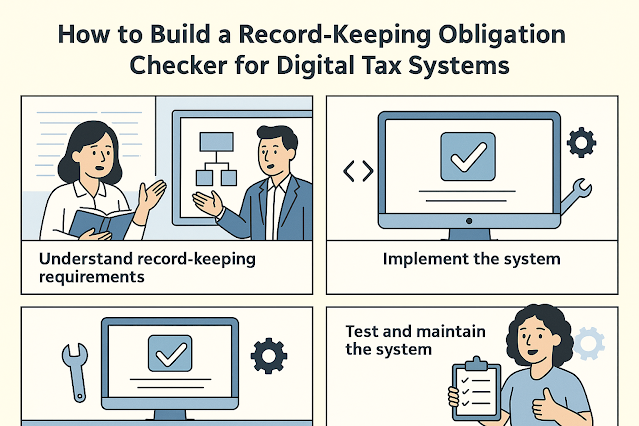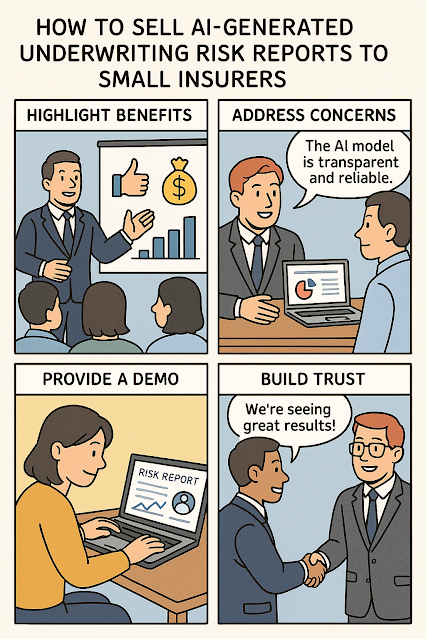How to Offer a Smart Termination Risk Predictor for Remote-Only Companies

How to Offer a Smart Termination Risk Predictor for Remote-Only Companies Managing a fully remote workforce introduces unique challenges, especially when it comes to predicting and mitigating employee turnover risks. Companies today need smarter, AI-driven solutions to proactively address potential terminations and maintain organizational stability. In this guide, we’ll explore how to offer a smart termination risk predictor tailored for remote-only companies. From identifying key indicators to implementing seamless integrations, you’ll learn strategies to build a trusted, results-driven tool. Table of Contents Why Termination Risk Prediction Matters for Remote Teams Key Features of an Effective Termination Risk Predictor How to Deploy Your Predictor Seamlessly Best Practices for Remote-Only Companies Conclusion Why Termination Risk Prediction Matters for Remote Teams In remote environments, signs of employee disengagement or dissatisfaction can be harder t...











